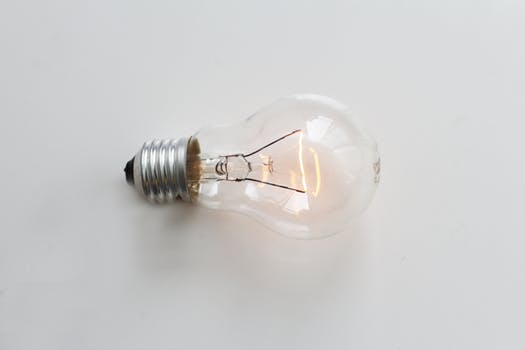TheDeveloperBlog.com
C-Sharp | Java | Python | Swift | GO | WPF | Ruby | Scala | F# | JavaScript | SQL | PHP | Angular | HTML
Difference between Random Scan and Raster Scan Display
Difference between Random Scan and Raster Scan Display with Computer Graphics Tutorial, Line Generation Algorithm, 2D Transformation, 3D Computer Graphics, Types of Curves, Surfaces, Computer Animation, Animation Techniques, Keyframing, Fractals etc.
Random Scan and Raster Scan Display:Random Scan Display:
Random Scan System uses an electron beam which operates like a pencil to create a line image on the CRT screen. The picture is constructed out of a sequence of straight-line segments. Each line segment is drawn on the screen by directing the beam to move from one point on the screen to the next, where its x & y coordinates define each point. After drawing the picture. The system cycles back to the first line and design all the lines of the image 30 to 60 time each second. The process is shown in fig: 
Random-scan monitors are also known as vector displays or stroke-writing displays or calligraphic displays. Advantages:
Disadvantages:
Raster Scan Display:A Raster Scan Display is based on intensity control of pixels in the form of a rectangular box called Raster on the screen. Information of on and off pixels is stored in refresh buffer or Frame buffer. Televisions in our house are based on Raster Scan Method. The raster scan system can store information of each pixel position, so it is suitable for realistic display of objects. Raster Scan provides a refresh rate of 60 to 80 frames per second. Frame Buffer is also known as Raster or bit map. In Frame Buffer the positions are called picture elements or pixels. Beam refreshing is of two types. First is horizontal retracing and second is vertical retracing. When the beam starts from the top left corner and reaches the bottom right scale, it will again return to the top left side called at vertical retrace. Then it will again more horizontally from top to bottom call as horizontal retracing shown in fig: 
Types of Scanning or travelling of beam in Raster Scan
In Interlaced scanning, each horizontal line of the screen is traced from top to bottom. Due to which fading of display of object may occur. This problem can be solved by Non-Interlaced scanning. In this first of all odd numbered lines are traced or visited by an electron beam, then in the next circle, even number of lines are located. For non-interlaced display refresh rate of 30 frames per second used. But it gives flickers. For interlaced display refresh rate of 60 frames per second is used. Advantages:
Disadvantages:
Differentiate between Random and Raster Scan Display:
Next TopicColor CRT Monitors
|
Related Links:
- Difference between Random Scan and Raster Scan Display
- Difference between object and class
- Difference Between
- Difference between Artificial intelligence and Machine learning
- Difference between Inductive and Deductive Reasoning
- Difference Between Backward Chaining and Forward Chaining
- Difference between Abstract class and Interface
- Supervised vs Unsupervised Learning
- Difference between JDK, JRE and JVM
- Difference between DBMS and RDBMS


